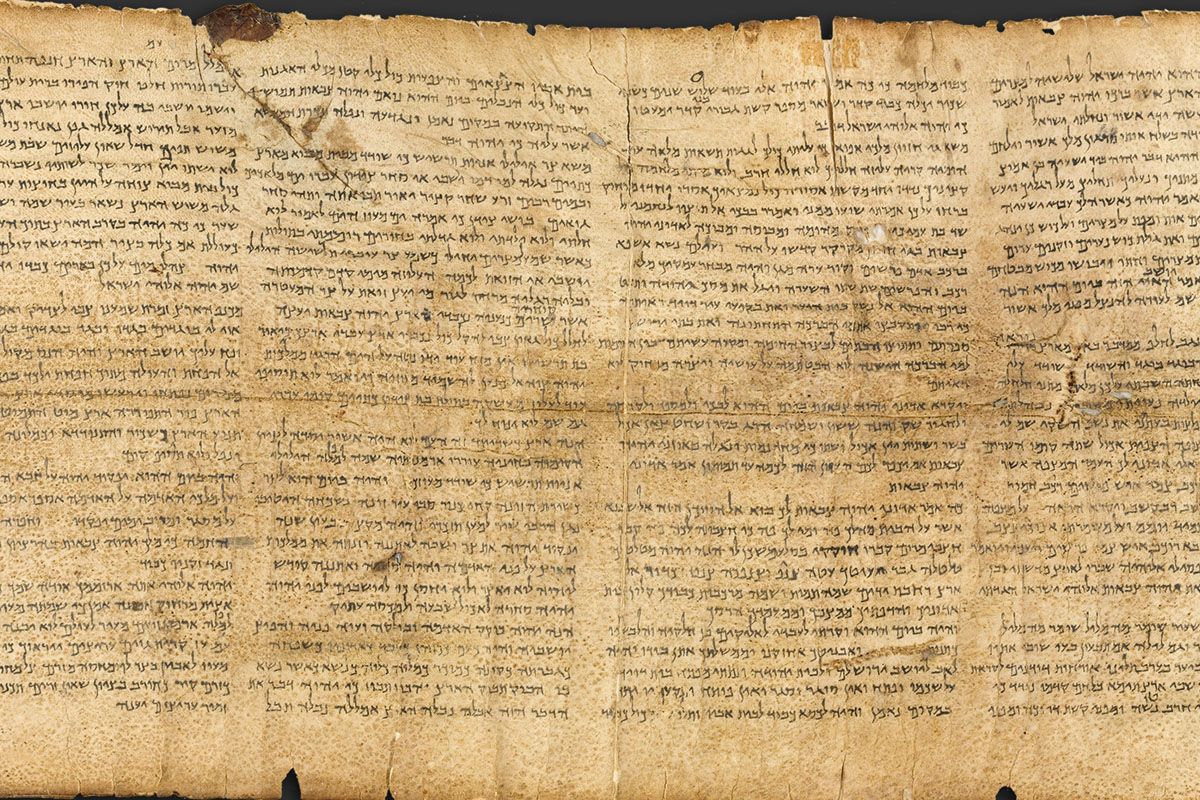D: Which paper do you like best, Yaël? This pink cardstock, this glossy paper, or this speckled recycled paper? I’m making a stash of greeting cards.
Y: All of them look good to me.
D: That’s no help. Sometimes I feel like all the options we have these days just make life more complicated. Wouldn’t it be nice to go back to the good old days, when paper was just plain paper?
Y: I hate to burst your bubble, but ancient peoples were more innovative than you think. In fact, researchers just discovered a new parchment-making tradition when studying the Dead Sea Scrolls, which, at over 2000 years old, are some of the best-preserved written materials we have today. Bedouin shepherds found them in caves in the Judean desert in 1947. Previously, researchers identified a western and an eastern parchment-making tradition, both of which involved writing directly on an animal skin surface. But one of the most famous Dead Sea Scrolls, called the Temple Scroll, shows something different. Using techniques called x-ray and Raman spectroscopies, researchers characterized a salt coating spread across its writing surface. It contained sulfur, sodium, and calcium, in a combination of salts that appear to be evaporites—what’s left over after brine evaporates. The thing is, the composition doesn’t match the elemental composition of Dead Sea evaporites so it looks like the salts came from somewhere else and were added purposefully—possibly to make the parchment look whiter.
D: Hmm, maybe I should make my cards with that type of paper that’s supposed to look like ancient parchment. What do you think?










